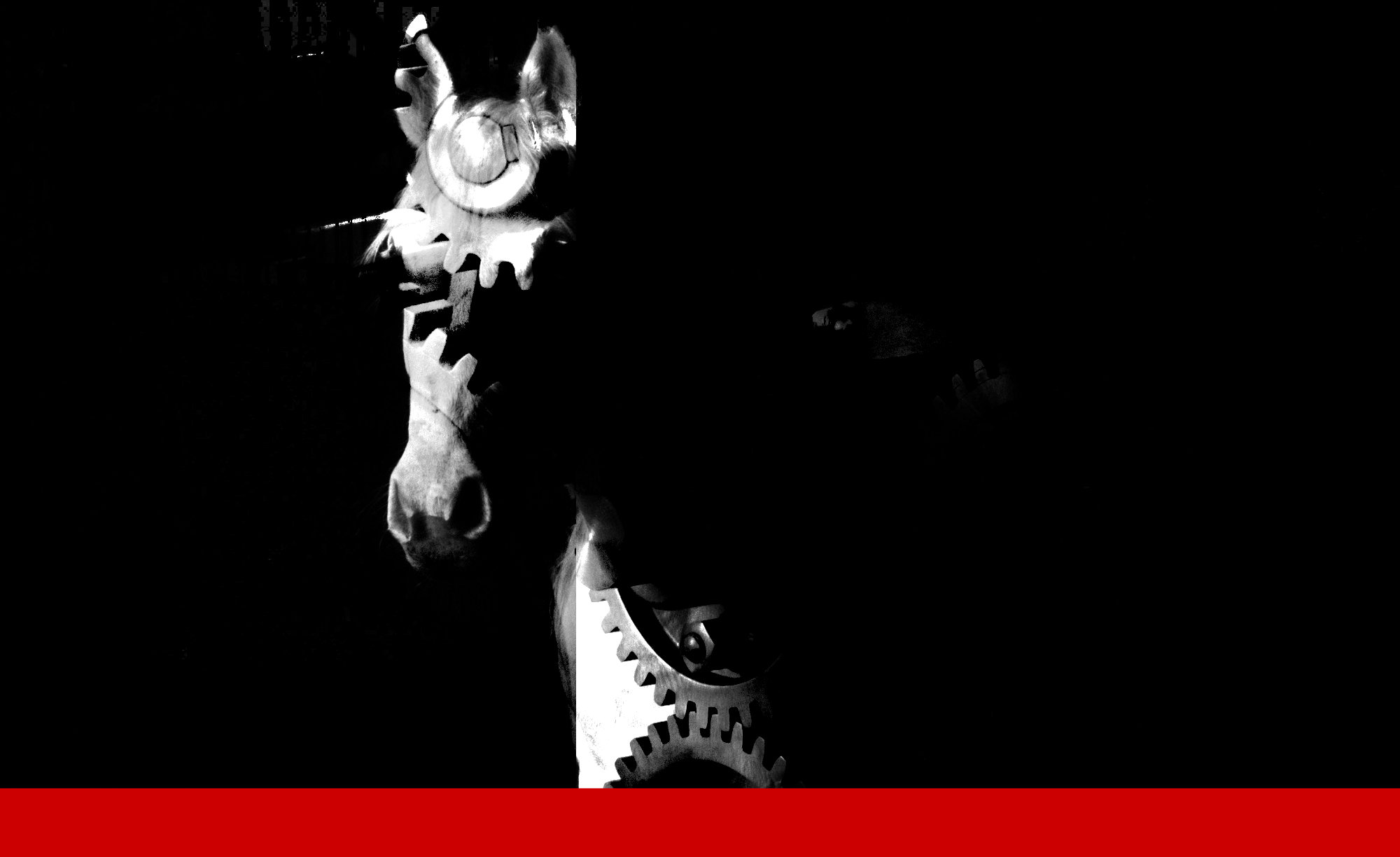
The last 5 day branding challenge for entertainment pros was a big success, and now I’m doing it again in September. It’s even brandier and challengier and great!


The last 5 day branding challenge for entertainment pros was a big success, and now I’m doing it again in September. It’s even brandier and challengier and great!


In my first year as a street performer, a lot happened. I was 21 and I lived in four cities doing probably close to 1000 performances.
Being a nobody, convincing people to stop walking by, proving myself and eventually gathering a crowd of 200 people that paid me was incredible. I established so much identity and understanding and confidence through these primitive performances.
New Orleans in the summer was rough. I went to Nashville to make some money doing whatever. Boston streets were gentle and beautiful. People would wait 45 minutes for a show to start. I got a lot better there and started making money on shows, but I was nothing. I realized I was nothing when I arrived in San Francisco.
There’s a mall on Pier 39 in San Francisco popular for street shows, but I would need permission to perform there, so I went to Pier 41 – a public amazing place.
It’s a big circle for pedestrians. It sits there and whispers “I’m a stage.”
I went to the center of that circle, set down my suitcases, and started to set up. There were no Boston-style lookie-loos. I told some people walking by that I was about to begin and they said they’d catch me on the way back. I kept telling people.
One guy seemed pretty interested — a gravely voiced 25yo on a BMX bike. He asked me about what I do in the show. He was impressed by how experienced I was. He reacted amazed when I told him I just drove from successful shows in Boston.
He had to leave and I went back to talking to people who didn’t give a fuck. Maybe a couple hours of making announcements, trying to quickly show off a trick, talking to people individually, and making jokes to passersby all amounted to squat.
While the area looks great for gatherings, there are some real challenges with the spot.
I was not in Boston anymore.
He came back. The guy on the bike, but it was not to see my show. He was dragging a big trunk. He set it down by one of the benches. Smoked a cigarette watching me not entertain anyone. Patiently finished the smoke and asked if I was done.
I laughed, gestured at the empty spot. I was exhausted and didn’t know how what I was doing could in any way inspire the same. It was obviously a bad night to do shows. I was the guy from Boston! I was great! I said, “you can try if you want.” I packed up my stuff and dragged it to the side – confused by him, but also grateful to not be alone.
If it wasn’t magic, it was perfection. He slammed down his case, rolled his bike to the center. Flopped open the lid of the case and had 15 people watching. In twenty minutes, it was a comedy club. He had a full circle of people who didn’t have any original intention to be there. They were glued and growing. It was a bad night for a show, but not for a miracle. He killed for 300 people, collected cash.
Moved his stuff out of the way so that I could do 20 more minutes of nothing with strangers, then I forfeited again to him to watch more genius. This was Chris Karney. He was not impressed with me. He was not amazed that I could juggle. I was arrogant and he was competitive and it was funny.
The only thing that was right about my perception that night was that I was not alone. We ended up trading off on that spot for years. Watching hundreds of each others’ shows. Going to bars with our cash for late dinners. We were sweaty and dirty and enamored with giving more to a crowd – with being undeniable.
I was a Christian, virgin vegan. He was a drunk-driving, cussing hustler. We didn’t get each other in so many ways, but there was one way we got each other. That way was the most important way for both of us. Our insane desire to connect with audiences made that friendship a perfect one.


I’m a grateful audience member when I can count the rings.
Dendrochronology is this thing when people examine the rings inside a tree trunk. It’s not just about counting the years of life. Dendrochronologists can tell what happened each year the tree was alive because each ring shows evidence of rainfall, tree parties, etc. Dendrochronologists also know when a tree was cut down because it was them that did it.
I feel like I’m in deep dendro watching incredible performers. Every gesture, new decision, and response is proof of what a great entertainer has experienced. The gifts they give to every audience are the confrontation of the moment and the story of their fibrous leafy past. You can see that they know what to do when a child runs up on stage calling them gorgeous, or when a bat flies into the room. They’re ready and they’re bulletproof.
It’s this skill that sets me in awe watching many greats. They are the sequoias of the stage.


The “Gig Economy” is a real big thing right now. People are talking about how companies are doing short-term or project based hires more than ever. Here’s why it’s awesome… it gives corporations more and convinces individuals that they get more. It’s the perfect capitalist situation!
Governments around the world have been working for a long time to set up protections for employees as far as fair wages, safe working environments, required benefits, etc.
The main way gig workers are protected is that governments try to figure out when a gig worker is actually an employee. This is a very effective way to keep gig workers safe by bringing them into the protections already setup for employees. Here’s the USA’s IRS rules for what makes someone an employee…
| Behavioral Control: A worker is an employee when the business has the right to direct and control the work performed by the worker, even if that right is not exercised. Behavioral control categories are: > Type of instructions given, such as when and where to work, what tools to use or where to purchase supplies and services. Receiving the types of instructions in these examples may indicate a worker is an employee. > Degree of instruction, more detailed instructions may indicate that the worker is an employee. Less detailed instructions reflects less control, indicating that the worker is more likely an independent contractor. > Evaluation systems to measure the details of how the work is done points to an employee. Evaluation systems measuring just the end result point to either an independent contractor or an employee. > Training a worker on how to do the job — or periodic or on-going training about procedures and methods — is strong evidence that the worker is an employee. Independent contractors ordinarily use their own methods. Financial Control: Does the business have a right to direct or control the financial and business aspects of the worker’s job? Consider: Significant investment in the equipment the worker uses in working for someone else. > Unreimbursed expenses, independent contractors are more likely to incur unreimbursed expenses than employees. > Opportunity for profit or loss is often an indicator of an independent contractor. > Services available to the market. Independent contractors are generally free to seek out business opportunities. > Method of payment. An employee is generally guaranteed a regular wage amount for an hourly, weekly, or other period of time even when supplemented by a commission. However, independent contractors are most often paid for the job by a flat fee. Relationship: The type of relationship depends upon how the worker and business perceive their interaction with one another. This includes: > Written contracts which describe the relationship the parties intend to create. Although a contract stating the worker is an employee or an independent contractor is not sufficient to determine the worker’s status. > Benefits. Businesses providing employee-type benefits, such as insurance, a pension plan, vacation pay or sick pay have employees. Businesses generally do not grant these benefits to independent contractors. > The permanency of the relationship is important. An expectation that the relationship will continue indefinitely, rather than for a specific project or period, is generally seen as evidence that the intent was to create an employer-employee relationship. > Services provided which are a key activity of the business. The extent to which services performed by the worker are seen as a key aspect of the regular business of the company. |
If you read all that, and you’ve been an independent contractor for a while, you probably said, “Hey wait!” Yes. The independent contractor thing is very often abused, and I know the US government still hasn’t figured out how to fix it.
Employees are protected. Independent contractors are not. Corporations are.
We know that corporations have lots of great protections. They’re our precious babies that keep us full of corn syrup.
Two things that are really going to crush the potential income for gig workers are provided by technology : long-tail connection & globalization.
Long-tail connection for example Uber connected people who weren’t able to connect without technology. Only a few people wanted to drive a taxi, and enough people wanted to take a taxi to pay for the industry. Technology made it possible for the few people that wanted to drive a little bit and pickup some cash to connect with the people that wanted to save money on a taxi. There was no way before for a dispatcher to call thousands of out of work standups and actors and ask them if they felt like driving that moment.
Globalization is incredible. You can pay someone in romania $500 in five minutes. A lot of websites are connecting you with the service you need and you don’t have to know where in the world that gig worker is.
The use of globalization and long-tail connection is going to be amplified by this pandemic because now companies are realizing their localized offices are not that important to productivity. Soon they’ll notice that their loyal employees are not adding as much value as delegating projects overseas to specialists.
Corporations are going to keep looking for ways to save money within the law, the government will not be able to protect gig workers.
… a business that can not be gigged out. That means…
If you don’t have a strong brand that stands out from the pack, you’re going to be competing on price. There will always be someone who can charge less. A business that’s not growing is dying.
The time is now to start big picture planning. Being a “good” comedy writer, or a “creative” director, or a “funny” author that charges enough to pay bills is not enough.
Get a job on a staff where you can build your value and never be gigged out. Or, start a business where you offer a unique desired service.


Here’s where I give ideas to get over the glitch of your live streams and meetings.
Everyone has a glitch.
It’s going to happen in every single zoom or youtube stream. It’s going to happen, so don’t just try to eliminate the glitches, but plan on them.
Live streaming entertainment has a hefty tax. To do it right, you’ll need to pay that tax by creating contingency content and plans that you might not use. Backups for backups that might just sit there. If you decide to not pay the tax, your other participants will pay it and it will suck.


24yo Kenny Clark just signed a contract on Saturday for $70 mil. If you want to do that, you need to have value to someone, and be able to convey it.
Clark is a defensive lineman for the Green Bay Packers — one of the top entertainers in the world. What’s his value that’s worth more than $70 million to someone? He helps win games,
If the packers give him money, they will get more money back.
I keep hearing people say that live entertainment is bankrupt right now, but that’s totally not true. Tony Robbins (up to you whether he’s in entertainment or something else) just did an online group program for over 22,000 attendees $700 to $1900 each. There is money in entertainment.
The game is to build three things.
We’re all in the same league and we’re all able to get paid more. Even me ?


As independent creators, we often try to get people to value us for our job title, but that’s a mistake. The people that value us most, look at us holistically and can’t separate out the multitude of assets we bring to our work.
Reduce yourself to being a writer, or a developer, or a mime and you’re only worth as much as the lowest priced one of those. An instant easy way to exponentially increase your value is to join the team of the person you want to value you.
When we’re on the same mission as our client, or collaborator, or customer; magic happens. This solidarity changes every single action.
I’m not advocating pretending to be on someone’s team. The real pursuit is choosing to be around and work with people we believe-in deeply (even clients) and then remind them over and over that we share a mission.
For me, at moments, this can feel like kissing up, but really it is clarifying communication and reminding everyone what’s most important — creating great stuff for great people. Go team!


People use you for your assets, but they love you for your flaws.
Most of the time showbiz people hyperfocus on the wrong details. If you call yourself a perfectionist, then you are hyperfocusing on the wrong details. Prolific people don’t have time to call themselves perfectionists, and perfection is not even what your audience wants – they want more of the good, real stuff!
So, then we’re in a balancing act of trying to serve quality entertainment with some messiness. The science, the craft, and the magic of developing great stuff is knowing which parts are important, and unfortunately there’s no formula.
There is a concept that can help though, it’s called “Value Engineering.” In value engineering, you try to reduce costs of production as low as possible without reducing perceived value. For a fast food company that sells billions of potatoes per day, they can geek it down to putting 5 fewer fries in every small fry order. That saves them a lot of money in the big picture. For a board game maker, it could be a conversation like “we love these cards, but if we use the lighter cardboard and the cheaper printing, how much money could we save in a year and would anyone notice.”
I see entertainment pros who go too far in both directions. Some folks think audiences are stupid and basic, or at least it’s not worth the trouble… and some people get really hung up on getting the very best microphone and using it perfectly… then end up having no life in their performance. Or, they get paralyzed worried that the audience will see thru them.
The part that makes the whole thing extra murky is it’s not a question of whether they’ll complain. So, they might be completely silent about your lack of value, but they’ll feel it. You probably won’t say anything about a wrinkly shirt on your neighbor, or a hollow chocolate bunny, or a ticket to a movie theater using generic tickets, but you’ll feel it. Part of you will notice “this is not premium”
By taking an empathetic view at your entertainment for your audience, you might find that some of the holes in your creation are portholes. They might think it’s funny that all your character names start with “G” by accident. Sometimes you luck out like this.
If you define clearly your brand or the experience of your stuff, you can make bold decisions about where to put the flaws.
With Scot Nery’s Boobietrap, we know that the hand soap in the bathroom being too thick to easily pump out of the dispensers is weird, but also kinda funny. We would rather have extra bubble machines than have the stairs to the stage be clean. For a show with 30 people involved every week, this doesn’t seem like a trade-off we’d have to make, but it is. And every organization with any resources has to do similar. We know if we are serving cupcakes for an anniversary show, every single food safety protocol must be followed, but if I get hurt during the show, that’s okay and probably fun.


The limitless world is not the place to find your fanbase. The easiest way is to connect with a tribe.
The way advertising works is saturation. You repeat a connection with an audience until they start to trust your offer. So, advertising to everyone is very expensive for a few reasons.
When I say expensive, I’m not just talking about cash. I’m talking about all your jellybeans. When I’m talking about advertising, I’m talking about everything you do to find new fans.
A tribe is a collection of people who gather and talk, who have a similar set of interests. Having a small group of people takes the expense out because you know where to find them, you know the message, and you can saturate the same people with your message.
That’s people who live in the same geographic area. With the internet, tribes can get really weird. You could target the tribe of people who dress up hamsters as drag queens and probably still have an audience.
If you serve enough people from the tribe of your chosing, you will have a fanbase. Then, you can serve and reserve them as fans and have them buy into the things you offer.
Don’t shoot for “people that are happy” or “people who want inspiration” because you need a gathering place to reach out them.


I keep talking about fulfillment. People keep telling me they like making people happy. I believe emotions are…
For these reasons, feelings are terrible goals.
It’s not a feeling. It’s possible to lead others to a mindset. It’s possible to decide to be in a mindset. Mindsets are great goals. Fulfillment / satisfaction is a wonderful thing to achieve in entertainment. It sticks, it infects other experiences, it’s manageable, and it’s expandable.


Entertainment pros want to figure out how to crank out more hours in their day, or how to work more efficiently, but this is not what’s holding them back from kicking more tush!
We have something that drives us, that is at the core of our being. It’s probably a generous pursuit that we care about. This is our unstated mission. As long as it’s unstated, it can be dethroned by whatever is in front of us. This is how we get locked into projects that don’t take off and are ultimately unfulfilling – we think the project is the mission, or when we’re looking for a project, we are too specific about the mission to find a project that clicks. So, before you state your mission, just assume you’re doing it wrong.
The highest functioning showbiz people have a high tolerance for being wrong. Their ego is more tied to the mission ahead of them than to justifying the decisions behind them.
This is the key to all of the efficiency and productivity we want to tap into. If I set up a way to work every day for my mission, I will face all of the mistakes I’ve made. My comfort-seeking mind will want to revert.
| Escalation of commitment is a human behavior pattern in which an individual or group facing increasingly negative outcomes from a decision, action, or investment nevertheless continues the behavior instead of altering course. The actor maintains behaviors that are irrational, but align with previous decisions and actions. |
We can’t do this 24/365 because it’s exhausting. We need something to drag us through it
Facing being wrong for a period of time ( like a month ) were we work to reprogram ourselves and find more helpful habits is revolutionary. Sandboxing ourselves in using a time duration and a key performance indicator like income will remove some of the cognitive burden during this time. Then, we need tension (probably accountability) to keep us working thru all the shittiness of the experience.
Don’t work harder.
Don’t work smarter.
Work less wrong.


The ultimate mission statement is one that will guide you for life through all your projects, through all your careers, through all the drudgery you need to do to live.
If you haven’t written one, it can be really helpful in tough moments of decision making and at times when you really want to accelerate your impact.
It also gives meaning to the greater work you’re doing in entertainment. This can help prevent burnout on a project.
It doesn’t have to be perfect, it’s just for you, but it’s gotta be massively flexible and it’s gotta be the thing that fulfills you in work.
Hubspot has a good guide to help you get started…
You don’t want it to be too specific that your mission boxes you into only doing one kind of project in 20 years, but you also don’t want it to be too broad so it has no guidance or meaning.
I propose to them ridiculous ways that their life could go — but ridiculous within their mission and ask if they would be fulfilled doing that thing. If yes, great. If not, it will take a little more specificity.
if it fits in your mission, it’s fair game.